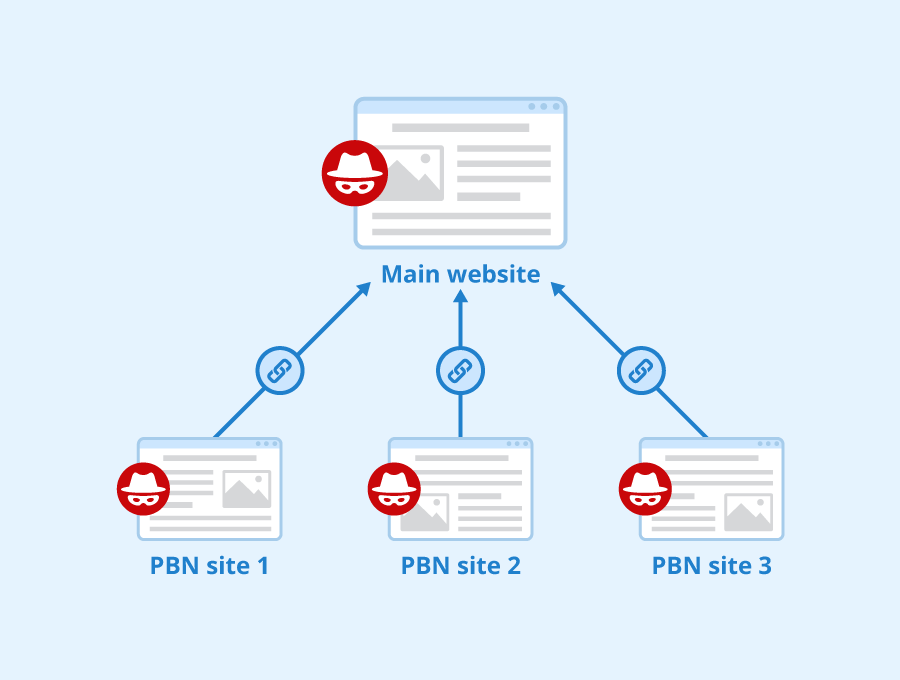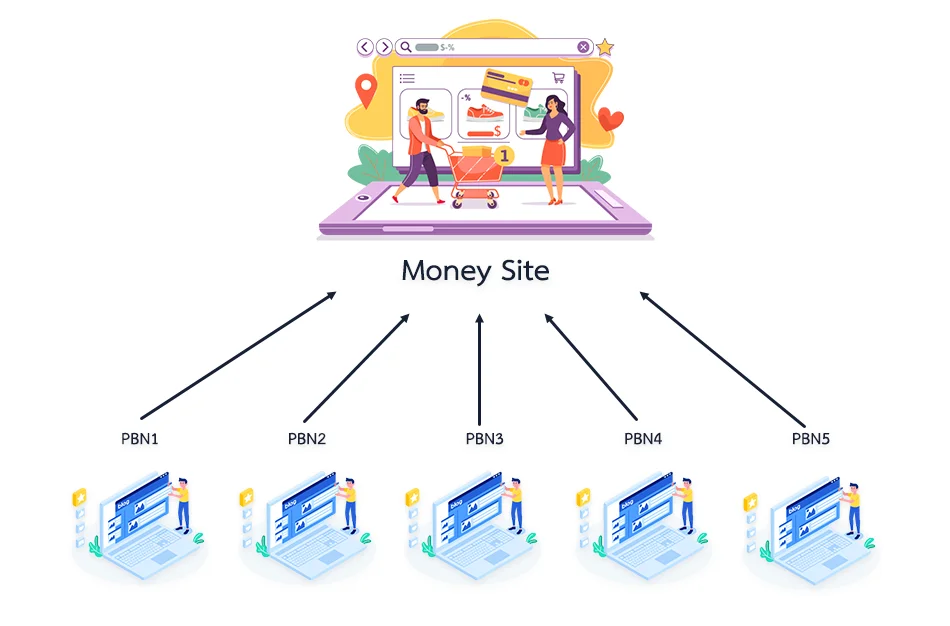All Categories
Featured
Table of Contents
- – Who Makes The Leading Structured Data For Sema...
- – What Are The Leading Nlp For Semantic Seo Comp...
- – Whats The Most Suitable Semantic Keywords To ...
- – Who Is The Top Schema Markup For Semantic Seo...
- – Top Semantic Seo Audits Deals Near Me
- – Who Is The Leading Semantic Markup In Seo Co...
- – What Is The Top Structured Data For Semantic...
This is due to the fact that search engines have actually evolved and are moving much more and a lot more in the direction of checking out content on the internet. Of course, that has actually likewise transformed the way we create web content, particularly if we want to place better in the search engines.
Intertwingularity is not generally recognized, individuals keep acting they can make things deeply ordered, categorizable and consecutive when they can't. Based on the partnerships between search intentions, the search engine favors a material in placing by determining the range in between the vectors of definition.
It enables you to see, beginning with a subject, all the entities that belong to that subject. In this manner you can clearly see which entities/concepts/ideas have actually currently been covered on your web site, and you can discover brand-new chances by recognizing what content you can include and how to produce it.
Who Makes The Leading Structured Data For Semantic Seo
It has the ability to make your web content reasonable for internet search engine on the one hand and for your target market on the other. Structuring your material design highlights your web content and its hidden partnerships so that internet search engine can identify you among thousands of pieces of information, making you more visible to customers who satisfy the search intent pertaining to your service.
In semantic search engine optimization copywriting, an editor begins with a wider array of subjects and customizes the material to consist of semantically pertinent terms and expressions that help visitors comprehend a subject, similar to reading web content in a wiki. From a material writing viewpoint, one sensible way to do this is to create a vocabulary of terms and inquiries surrounding your target subject.
What Are The Leading Nlp For Semantic Seo Companies?
Find out more regarding by enjoying the by!.

Semantic search describes the procedure of exactly how search engines comprehend and match key words to a searcher's intent in natural search results. Before semantic search, internet search engine like Google ran like matchmakersaligning particular words in your inquiry with those exact words on webpages. The outcomes were straightforward however typically lacked deepness.
Whats The Most Suitable Semantic Keywords To Buy
It makes it possible for Google to provide quick, precise answers to search questions concerning real-world subjects. When you kind an inquiry word into Google, you're not just entering a series of words. You take advantage of a complicated web of significances and connections. Google's Knowledge Chart sees these words as entities with context and partnerships.
When you look for "Apple," Google doesn't just see a word that explains a fruit. It identifies Apple as a firm and can offer related information. It was Google's solution to the surge of voice searches, where inquiries ended up being more conversational and nuanced.
Who Is The Top Schema Markup For Semantic Seo Company?
By integrating NLP, Hummingbird allowed Google to move beyond simple keyword matching. It assisted the search engine comprehend search intent, increasing the chances that results would properly match the factor behind a customer's search. As the third crucial ranking factor after web content and web links, RankBrain has boosted Google's semantic search capacities to recognize the meaning of search questions.
Making it much more efficient at handling never-before-seen search inquiries. RankBrain thinks about more than simply keywords when analyzing a search query.
So it fetches outcomes that match the keyword phrases and line up with the total intent of supplying young puppy training advice. And if the individual frequently looks for dog-related material, Google may focus on extra detailed training guidesrecognizing the customer's ongoing passion in the subject. Incorporating technologies like the Understanding Chart, Hummingbird, and RankBrain, semantic search helps the Google algorithm interpret and link data across a vast web of info.
Top Semantic Seo Audits Deals Near Me
The emphasis changes from keyword choice to a holistic approach encompassing user intent, topical relevance, and total customer experience. Creating content that addresses the searcher's needs with detailed details can boost your SERP rankings.
A more comprehensive strategy to material aligns better with semantic search's change away from precise keyword matching and towards individual intent. Content that covers search questions much more thoroughly not just pleases individuals.
UX intends to produce a visually appealing, straightforward user interface with engaging, top quality content that urges visitors to remain. Semantic search innovation makes it possible for search engines to aim for outcomes that give the ideal feasible UX.
Who Is The Leading Semantic Markup In Seo Company

All display Google's capability to address a topic inquiry thoroughly. By recognizing the context and intent behind customer queries, online search engine can deliver more pertinent info and potentially enhance user interaction. Personalization in search engine result makes for better UX.Based on your previous search background and choices as a user, semantic search assists online search engine tailor the outcomes to fit your unique needs and rate of interests.
So it fetches outcomes that match the key phrases and align with the overall intent of supplying pup training suggestions. And if the customer regularly browses for dog-related material, Google could focus on extra detailed training guidesrecognizing the individual's recurring interest in the topic. Incorporating technologies like the Understanding Graph, Hummingbird, and RankBrain, semantic search helps the Google formula interpret and link information throughout a vast web of details.
What Is The Top Structured Data For Semantic Seo Product?
The focus shifts from keyword choice to a holistic technique incorporating individual intent, topical importance, and general user experience. Developing material that addresses the searcher's requirements with detailed info can boost your SERP rankings.

A wider strategy to content aligns much better with semantic search's shift away from exact search phrase matching and towards individual intent. Material that covers search queries much more completely not only pleases users.
UX aims to produce an aesthetically attractive, straightforward user interface with engaging, quality material that motivates site visitors to stay. Semantic search innovation allows search engines to aim for outcomes that offer the finest feasible UX.
All display Google's capacity to attend to a subject query comprehensively. By understanding the context and intent behind customer questions, search engines can provide more pertinent details and possibly enhance individual involvement. Personalization in search results page makes for much better UX.Based on your past search background and preferences as a customer, semantic search helps internet search engine tailor the outcomes to match your unique requirements and rate of interests.
Table of Contents
- – Who Makes The Leading Structured Data For Sema...
- – What Are The Leading Nlp For Semantic Seo Comp...
- – Whats The Most Suitable Semantic Keywords To ...
- – Who Is The Top Schema Markup For Semantic Seo...
- – Top Semantic Seo Audits Deals Near Me
- – Who Is The Leading Semantic Markup In Seo Co...
- – What Is The Top Structured Data For Semantic...
Latest Posts
What's The Most Reliable Semantic Tagging For Seo Brand
Top Semantic Seo Insights Showroom Near Me
What Is The Most Trusted Semantic Search Ranking Improvements Right Now
More
Latest Posts
What's The Most Reliable Semantic Tagging For Seo Brand
Top Semantic Seo Insights Showroom Near Me
What Is The Most Trusted Semantic Search Ranking Improvements Right Now